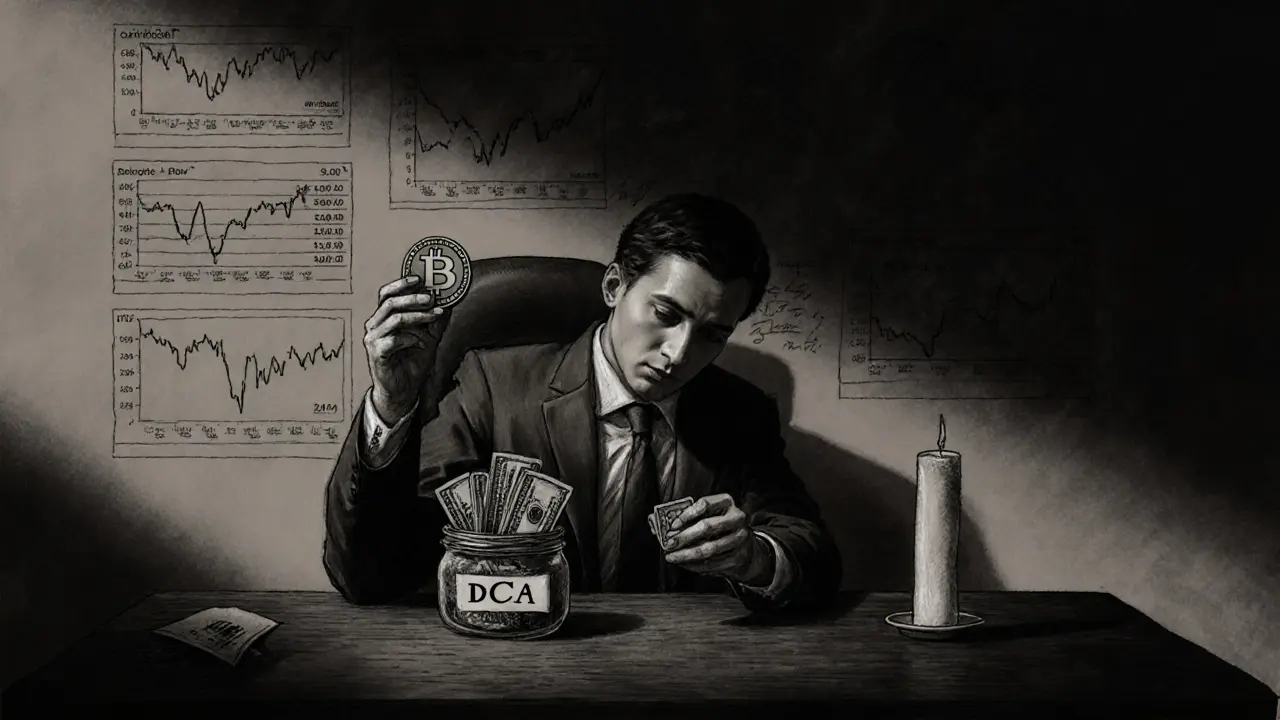DCA vs lump sum in crypto: one strategy wins mathematically, the other wins psychologically. Learn which one fits your risk level, timeline, and emotional tolerance in 2025.
Crypto Investment Strategy: Real Ways to Avoid Scams and Find Value
When you build a crypto investment strategy, a plan to choose, hold, and sell digital assets based on research, not emotion. Also known as crypto portfolio management, it’s not about buying the next meme coin with a funny name—it’s about understanding what gives a token real value. Most people lose money because they treat crypto like a lottery. But the ones who win? They look for projects with clear use cases, active users, and transparent teams.
That’s why so many of the posts here focus on what doesn’t work. You’ll find deep dives into dead tokens like HarryPotterTrumpSonic100Inu and BNU—coins with zero volume, no team, and no future. These aren’t just warnings. They’re lessons in how scams hide in plain sight: fake airdrops, phantom exchanges like Bitroom and Dexfin, and tokens like DTN that don’t even exist on-chain. A good crypto investment strategy, a plan to choose, hold, and sell digital assets based on research, not emotion. Also known as crypto portfolio management, it’s not about buying the next meme coin with a funny name—it’s about understanding what gives a token real value. means knowing the difference between a project that’s building something and one that’s just taking your money.
On the flip side, you’ll see what real value looks like. Anzen Finance’s USDZ isn’t just another stablecoin—it’s backed by actual private loans and pays 16% APY. GPUnet isn’t a fantasy—it lets you rent out your GPU power and earn real income. Even the Cardano Midnight airdrop had rules: you had to hold $100 in crypto on a specific date, and tokens unlocked slowly. These aren’t get-rich-quick schemes. They’re systems with measurable outcomes.
And then there’s the infrastructure. You can’t have a solid crypto investment strategy, a plan to choose, hold, and sell digital assets based on research, not emotion. Also known as crypto portfolio management, it’s not about buying the next meme coin with a funny name—it’s about understanding what gives a token real value. without knowing where to trade. That’s why Binance gets a real review—not because it’s perfect, but because it’s transparent. Meanwhile, exchanges like mSamex and Bitay show up here because they’re invisible on CoinMarketCap, with no users, no reviews, no safety data. If you can’t find proof it exists, it shouldn’t be in your portfolio.
What you’ll find below isn’t a list of "top 10 coins to buy." It’s a collection of real stories—of people who got burned, projects that failed, and a few that actually delivered. You’ll learn how to spot a fake airdrop before you connect your wallet. You’ll see why Proof of Work still matters when security is on the line. You’ll understand why the Philippines banned 15 exchanges, and how Russia’s mining boom is more about sanctions than crypto adoption. This isn’t theory. It’s what happened. And if you’re serious about your money, you need to know it.

